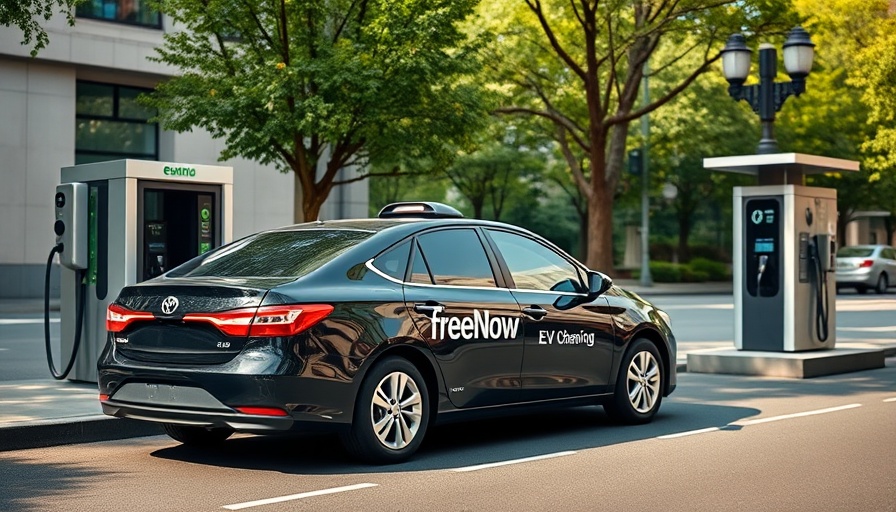
Lyft's Bold Move into European Mobility
In a strategic move to enhance its market presence, Lyft Inc. has announced its intention to acquire FreeNow, a prominent multi-mobility app covering nine European countries, for a hefty $197 million. This acquisition not only signals Lyft's ambitions beyond the United States but also reflects its commitment to diversifying transportation options available to its users.
What FreeNow Brings to the Table
FreeNow, which originated from the mytaxi service launched in 2009, operates in over 150 cities with offerings that include taxis, private hire vehicles, car rentals, e-scooters, and public transport—all accessible through a single app. This multifaceted approach resonates with Lyft's own model, where ride-hailing represents a substantial portion of revenue.
Venturing Into New Markets: Opportunities and Risks
Lyft's acquisition of FreeNow effectively doubles its total addressable market to over 300 billion personal vehicle trips annually and is projected to boost Lyft’s gross bookings by approximately €1 billion. This acquisition illustrates a calculated effort to mitigate risks associated with its U.S. market saturation and could serve as a blueprint for successful expansion strategies in global markets.
The Path Ahead: A Deep Dive into Lyft’s Future
According to Lyft CEO David Risher, entering the European market is a pivotal moment in their growth journey. Risher emphasizes a 'local-first' approach akin to FreeNow’s operational ethos, which may enhance Lyft’s competitive edge in the diverse European transportation landscape. The deal is expected to finalize in the latter half of 2025, pending standard closing conditions. Lyft will need to navigate the complex regulatory environments and competitive dynamics unique to each European country, making this acquisition as much about strategic integration as market entry.
Final Reflections: What This Means for Businesses and Innovators
As Lyft ventures into this new territory, businesses and tech-savvy professionals should take note of the implications of such expansions. This acquisition highlights the importance of adaptability and innovation in today’s rapidly changing market. Those engaged in mobility services or related sectors may glean insights into the necessity of combining various modes of transportation to serve customers effectively. As these dynamics evolve, a keen understanding of trends and consumer behavior will be paramount for success.
 Add Row
Add Row  Add
Add 










Write A Comment